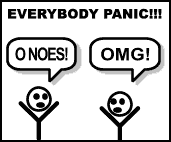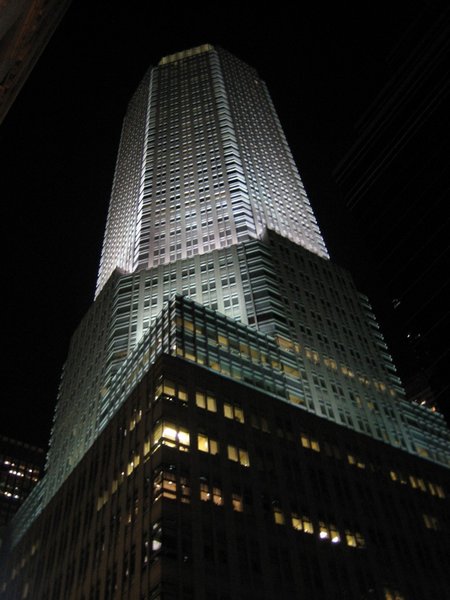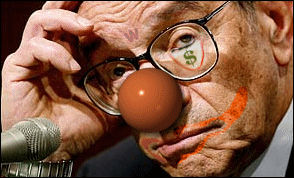
 NEW YORK TIMES: Bear Stearns, pushed to the brink of bankruptcy by what amounted to a run on the bank, agreed late Sunday to sell itself to JP Morgan Chase for a mere $2 a share, narrowly averting a collapse that threatened to cascade through the financial system. The price represents a startling 93 percent discount to Bear Stearns’ closing stock price on Friday on the New York Stock Exchange.
NEW YORK TIMES: Bear Stearns, pushed to the brink of bankruptcy by what amounted to a run on the bank, agreed late Sunday to sell itself to JP Morgan Chase for a mere $2 a share, narrowly averting a collapse that threatened to cascade through the financial system. The price represents a startling 93 percent discount to Bear Stearns’ closing stock price on Friday on the New York Stock Exchange.
Bankers and policy makers raced to complete the deal before financial markets in Asia opened on Monday,  as fears grew that the financial panic could spread if Bear Stearns failed to find a buyer.
as fears grew that the financial panic could spread if Bear Stearns failed to find a buyer.
The deal, done at the behest of the Federal Reserve and the Treasury Department, punctuates the stunning downfall of one of Wall Street’s biggest and most storied firms. Bear Stearns weathered the vagaries of the markets for 85 years, surviving the Depression and a dozen recessions only to meet its end in the rapidly unfolding credit crisis now afflicting the American economy.
Reflecting Bear Stearns’s dire straits, JP Morgan agreed to pay just $236 million for the firm, a figure that includes the price of Bear’s soaring billion-dollar headquarters on Madison Avenue in Manhattan [pictured, right]. At $2 a share, JPMorgan is buying Bear Stearns for a third of the price at which the troubled firm went public in 1985. Only a year ago, Bear’s shares fetched $170. The cut-rate price reflects deep misgivings about the firm’s prospects. MORE
 GREENSPAN: The current financial crisis in the US is likely to be judged in retrospect as the most wrenching since the end of the second world war. It will end eventually when home prices stabilise and with them the value of equity in homes supporting troubled mortgage securities.
GREENSPAN: The current financial crisis in the US is likely to be judged in retrospect as the most wrenching since the end of the second world war. It will end eventually when home prices stabilise and with them the value of equity in homes supporting troubled mortgage securities.
Home price stabilisation will restore much-needed clarity to the marketplace because losses will be realised rather than prospective. The major source of contagion will be removed. Financial institutions will then recapitalise or go out of business. Trust in the solvency of remaining counterparties will be gradually restored and issuance of loans and securities will slowly return to normal. Although inventories of vacant single-family homes – those belonging to builders and investors – have recently peaked, until liquidation of these inventories proceeds in earnest, the level at which home prices will stabilise remains problematic.
inventories of vacant single-family homes – those belonging to builders and investors – have recently peaked, until liquidation of these inventories proceeds in earnest, the level at which home prices will stabilise remains problematic.
The American housing bubble peaked in early 2006, followed by an abrupt and rapid retreat over the past two years. Since summer 2006, hundreds of thousands of homeowners, many forced by foreclosure, have moved out of single-family homes into rental housing, creating an excess of approximately 600,000 vacant, largely investor-owned single-family units for sale. Homebuilders caught by the market’s rapid contraction have involuntarily added an additional 200,000 newly built homes to the “empty-house-for-sale” market. [via FINANCIAL TIMES]
